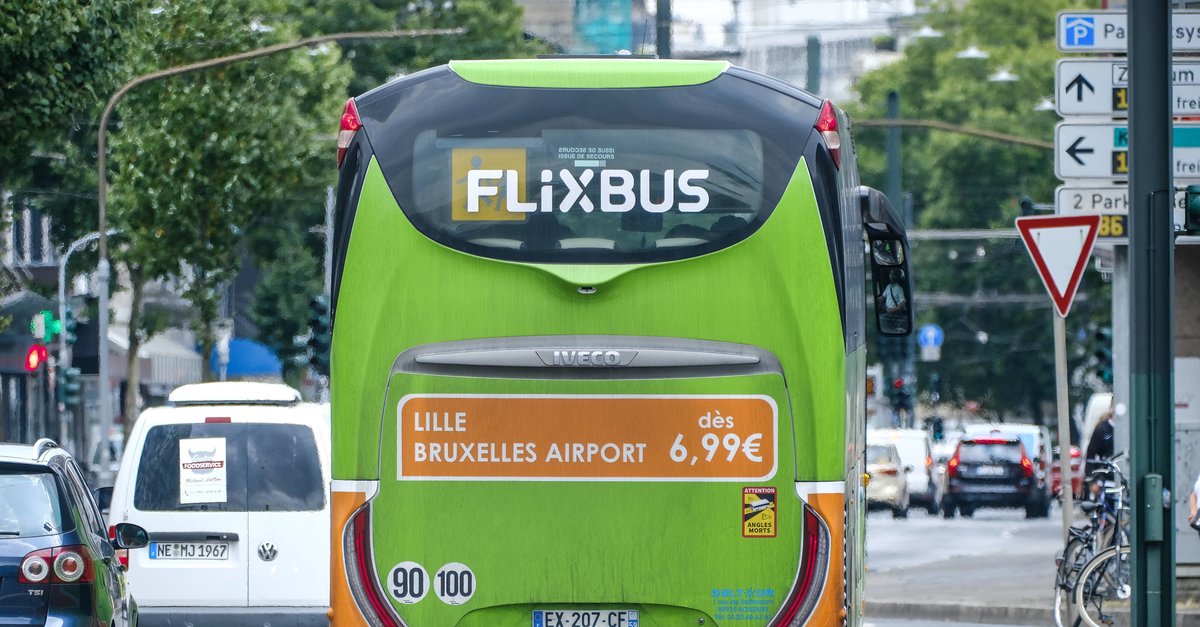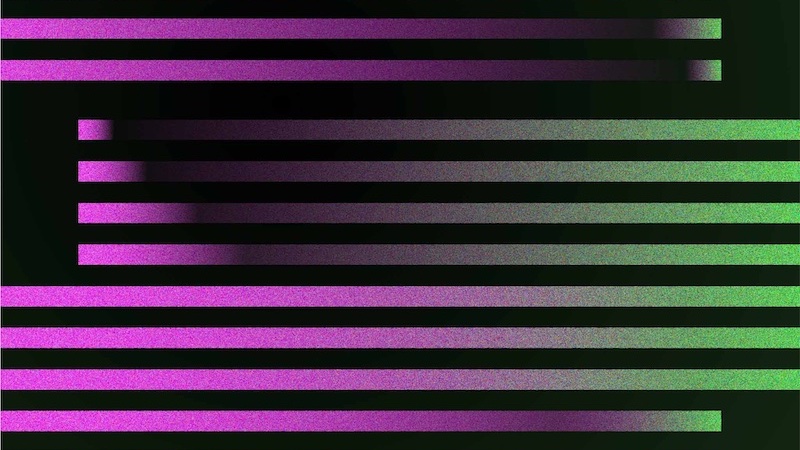Start-up wants to roll out solar cells on train tracks
The Swiss start-up Sun-Ways has developed a concept for rolling out solar cells like a carpet on train tracks can. The electricity generated in this way is to flow directly into the public power grid.
The expansion of renewable energies will continue to play a major role in the coming years. But in order to advance the infrastructure for solar systems, new areas are needed. The solution lies either in the use of highly efficient systems or in the creative use of existing space.
The Swiss start-up Sun Ways has now presented a solution to the problem. Because almost endless railway lines stretch through many countries. In Germany alone, the total length of the railway lines is about 38,400 kilometers. So what if this area could be used to generate green electricity?
Sun-Ways wants to roll out solar cells on train tracks
A commercially available solar module fits almost exactly between the two tracks of each track. Since this area otherwise serves no other purpose and the technology would not endanger rail traffic, we could soon be generating solar energy between the rails.
The laying of the panels should also be done quite innovatively. Because Sun-Ways has developed a special train that can roll out the solar cells like a carpet across the train tracks.
The concept of generating green electricity is not new. Nevertheless, it has the advantage that the panels can also be removed again. To this end, the company registered a new patent with the Swiss Federal Institute of Technology in Lausanne (EPFL).
International Union of Railways sees disadvantages in the system
Because as sensible as the idea may appear, quick removal of the solar cells is important for certain maintenance work. Time can be saved with the new system, especially for rail grinding work or other routine tasks.
If Sun-Ways were to roll out its solar modules along the entire length of the Swiss rail network (5,317 kilometers), around one terawatt hour of green energy could be generated each year. However, the international railway association also sees risks.
The modules could increase the risk of forest fires, tear or even blind drivers. Sun-Ways states that the team took this into account during development and the risks are minimal. A test facility in western Switzerland should now bring the first results. The project costs amount to around 405,000 euros.
Also interesting:


